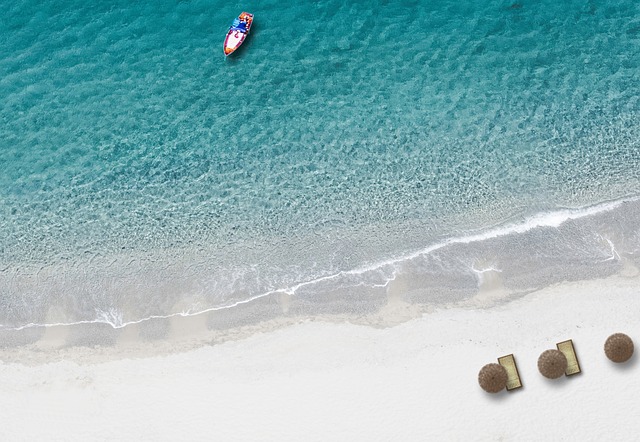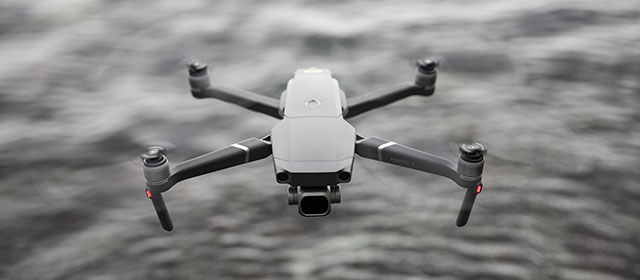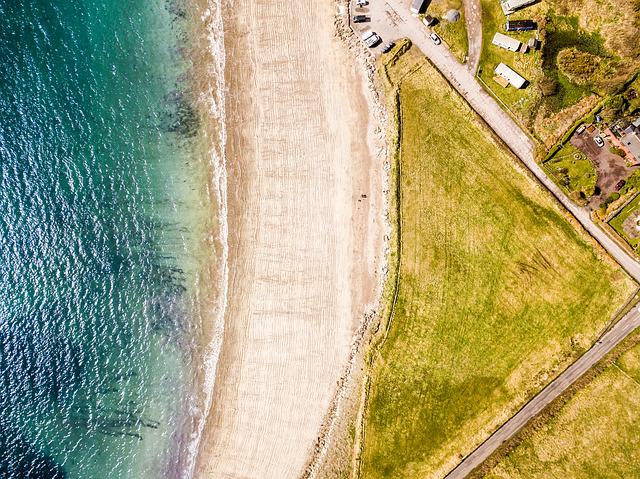
If you're considering using a drone for fishing, you'll likely want to learn more about the regulations. Watch instructional videos about how to fly drones to catch fish. Read our article about drone ethics if you have any questions. Here, we'll go over a few of the ethical concerns that surround the use of drones for fishing. Don't forget our guide to drone fishing gear.
Regulations regarding drone fishing
You might be curious about the regulations while you watch a drone fishing for tuna videos on YouTube. Although there are many reasons you should follow local laws in your area, safety is the main concern. It is essential to adhere to the appropriate laws to ensure the safety of both fish and you. This article will provide information on the most important regulations that must be followed. And don't forget to follow the rules of the International Game Fish Association.
Drones are not allowed to operate in public places like stadiums and sporting events. They cannot be within 50 feet of any sporting event or carry weapons. Operators of drones must maintain a clear view of their aerial equipment at all time. Drones must not fly over stadiums or other critical infrastructure. They also cannot distract emergency vehicles. So, if you're unsure of what the rules are for using a drone to fish, check with your local law enforcement agency and consult with an attorney.

Although many states have already passed laws governing drone use, others are yet to do so. Recently, SB 2167 was passed in Illinois. The bill prohibits drones being used in state parks without permission. It also establishes privacy rights, and specifies the rules for recreational and commercial drone operators. It also bans drones interacting with wildlife and hunters. These new laws are expected to be finalized in a few years.
Drone fishing raises ethical concerns
Drone fishing is controversial. Companies sell underwater drones that can fish for fish. These drones are often equipped with video cameras that show the fishing process. It's remarkably similar as casting a line for a fish. However, the process of getting a fish out from the water is quite different. People who are concerned about ethical issues in fishing might want to consider other options.
While there are obvious advantages to using drones for fishing, some have argued that they may be cheating the fishing population. While fishing has not changed much over millennia, using a drone to catch a fish may change that and diminish the thrill of the chase. Additionally, the use of drones may be problematic for conservation. Before you buy a drone for fishing, here are some ethical considerations.

First, drone fishing may not be the best option. Drone fishing may cause damage to the environment or overfish endangered species. Although some states allow recreational drone fishing, others do not. Drone fishing is not without its limitations. Cheap drones might lack the GPS functionality, lifting capabilities, or control range needed. Drone fishing can also lead to fish loss if there are line tangles. There are also issues with piloting.
FAQ
What are the laws regarding flying drones
The Federal Aviation Administration (FAA), in the United States, regulates all aspects related to drone operations. First, you need to obtain a FAA certificate in order to operate a drone commercially. Next, you will need to complete a course in flying skills and pass an exam. The final step is to pay the fee.
Is it possible to spy on someone with a drone?
Yes, anyone can use a drone to spy on you. It is important to be aware of drones and to avoid any areas they may fly. You should immediately call 911 if you see a drone fly around.
Is it safe for a driver to fly a drone?
It is risky to fly a drone while driving. You could end up in an accident with another vehicle. Additionally, you may hit pedestrians or animals. Your car could be damaged if it hits power lines or trees.
How do I keep drones away from my house?
Drones are becoming more popular for home security and surveillance. You can prevent drone attacks by installing motion sensors around your home and using them to detect any unauthorised flying objects.
How do you travel with a drone?
Drones are becoming more popular, both for personal and business purposes. They can be used for photography, filming and aerial mapping. The FAA has recently approved several new drone regulations, which include requirements for registration, licensing, pilot training, and insurance. These new regulations will ensure drones are safe for all.
What is the law about drones flying on private property?
New rules were recently published by the FAA regarding commercial drone flights. These rules are only applicable to UAVs that weigh less than 55 pounds and fly below 400 feet above ground. Commercial operators will need to register with FAA and get a license from agency. They must also obtain permission from local authorities if they plan to operate in restricted areas, such as airports.
Which US states allow drones?
A drone can be legally operated for recreational purposes. The Federal Aviation Administration (FAA) has set up guidelines that allow people to use small unmanned aircraft systems (UASs). These UASs must first be registered with FAA to be allowed to be flown. If certain conditions are met, the FAA allows commercial operators to fly these UASs.
Statistics
- According to the multiple listing service (MLS), houses and apartments with drone photographs are up to 68 percent more likely to sell than those without pictures. (thedroneu.com)
- According to industry research from ZipRecruiter , there are 10 cities where the typical salary for a Drone Pilot job is above the national average. (dronesgator.com)
- According to ZipRecruiter, the minimum hourly wage of drone pilots is $20. (thedroneu.com)
External Links
How To
How to Fly Drones at a Beginning Level
A drone is a remote-controlled aircraft used for aerial photography, cinematography, surveillance, scientific research, and hobby purposes. Drone technology has existed since World War II. DJI introduced their Phantom series of quadcopters in 2010, but commercial use only began in 2010. Many types of drones have been made available since then, from beginner-friendly models such as the Parrot AR Drone 2.0, to high-end multi-rotor craft such as the DJI Mavic Pro.
You can fly a drone in many different ways, including:
-
Remote control - This method uses a control device attached to your hand, which enables you to steer the drone through its flight path. There are two types of controllers available: joysticks and on/off switches.
-
Manual Control – This allows remote operation of the drone via GPS coordinates using a smartphone application. The app will provide instructions and help you to locate the drone.
-
Autonomous Flight: This means that the drone will take care of all the piloting. The drone is able to fly autonomously, without the need for human intervention. A drone must have a builtin camera and sensors capable to capture images and other data.
-
Triggered Flight: This is similar in concept to manual control. The pilot manually creates a route and the drone then follows it until it reaches that endpoint. Once the programmed route has been completed, the drone returns to the base automatically.
-
Landing Gear - Some drones come equipped with landing gear that allows them to land safely if they lose power or run out of battery during flight.
-
Goggles - Some pilots wear goggles to protect themselves from debris while operating.
-
Camera - Certain drones come with cameras that allow you to take photos and videos from high above.
-
Obstacles: Some drones are equipped with obstacle avoidance systems to prevent them from hitting obstacles.
-
Speed - Some drones can reach speeds of over 40 mph.
-
Battery Life – Most drones will last 20 minutes to three hours depending on how powerful they are.
-
Some drones have a range of up to 30 miles, depending on their model.
-
Power source - Not all drones can use an external power source. Others can run on internal batteries.
-
Weight - Some drones have a weight of less than 1 pound and others weigh 4 lbs.
-
Size - The size of drones varies from small, easily carried devices to more substantial crafts that weigh in excess of 50 pounds.
-
Price - From high-end models that cost thousands of dollars to low-cost options that start at $100, all drones fall under a certain price category.